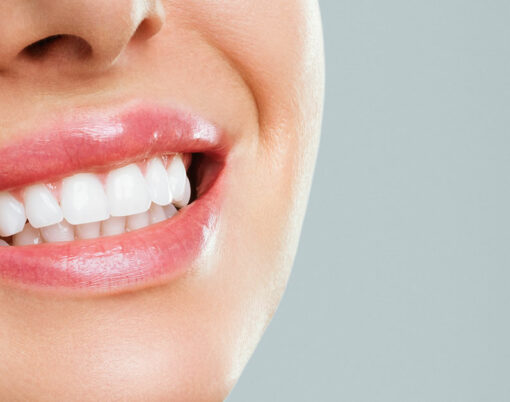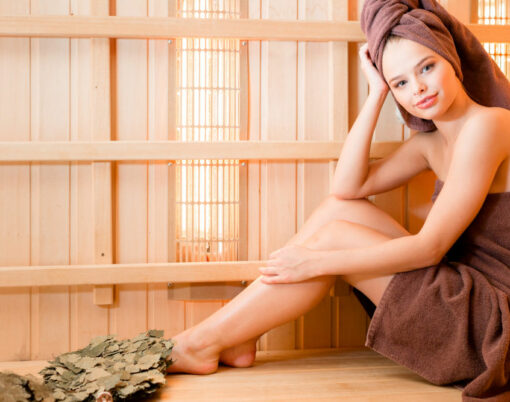There’s nothing quite like a day at the spa to leave you feeling relaxed, refreshed and rejuvenated, and for many, it has become a regular self care ritual that helps to keep the stress of modern life at bay.
Turkish baths and hammams, in particular, are enjoying a surge in popularity at present, and make for a great alternative to your standard luxury spa. Offering the most ancient cleansing therapies that are still in use today in order to purify the body and soul, although modern Turks prefer to use indoor baths, the trend for hammams is still present in Turkish culture, owing largely to the nourishing benefits of the luxurious exfoliators and spa techniques used. Turkish baths such as oldhammam continue to offer an authentic experience that keeps many customers coming back for more.
Here’s why you should give Turkish baths and hammam spas in London a go.
What is hammam?
A hammam is a communal bathhouse consisting of several separate baths for men and women. With a rich history dating back to the Roman and Byzantine eras, hammams are popular places for people seeking the very deepest bodily nourishment and care, with treatments including steam baths, replenishing clays, scrubs, exfoliators, and a shower between sessions to help rinse treatment products.
Hammams aren’t just spas; they are health centres that specialise in treating the body and preparing it for further therapies such as massage, reflexology, facials, and other beauty treatments, so if you’re looking for the full experience when it comes to taking care of your body and soothing your mind and soul, too, then look no further.
Types of hammam
The most common types of hammam are Moroccan and Turkish baths. These two differ in their services, yet they are comparably effective and beneficial.

The luxurious Turkish baths comprise three purifying rooms. First, there’s a relaxation room – a heat-controlled space in a Turkish hammam that is kept at a temperature of 20 degrees Celsius to encourage the body to acclimatise on arrival and ahead of any treatments. In many Turkish hammams, you can sit, relax, and sip on juices, coffee, or Turkish tea here before you move into the warm room.
The warm room in Turkish hammams maintains a temperature of about 30 degrees Celsius to help prepare your skin for peels, exfoliating, or scrubbing. They are exclusively built for people who cannot tolerate the higher temperature of the hot room, and feature hydrotherapy in order to help open the pores, which are cleaned deeply by warm water, soaps, and Turkish mud.
The last of the three rooms – known as the hot room – is regulated at 50 degrees, and for best results, it’s advisable to stay inside it for about 20 minutes. The sauna bath service in this Turkish hammam space is designed to help the pores to further dilate and soften the skin for exfoliation. There’s also a massage service that aims to reinvigorate the body and restore physical and mental well-being, so that you leave the spa feeling relaxed and thoroughly renewed.
Benefits of a Turkish hammam
There are numerous benefits of spending time in a Turkish hammam, which is why this ancient ritual is still alive and being practiced widely around the world.
Relaxation
Relaxation is perhaps one of the most obvious, as the experience aids in soothing the mind and improving body balance and the sleep cycle. In complementary medicine, Turkish baths are also used to treat mild headaches and severe migraine attacks.
Beautifying of the skin
Turkish hammams are also popular because of their ability to beautify the skin through deep cleansing and exfoliation, eliminating old dead skin cells and leaving it feeling soft, smooth and hydrated. And, as an added bonus, the treatments also help to regulate the functioning of sebaceous glands, which control sebum and oil production.
By hydrating and moisturising the scalp, Turkish spa treatments have also become a go-to for hair health, strengthening roots, promoting hair growth, and preventing hair loss.

Increased calorie burn
One of the most intriguing benefits of regular hammam use is perhaps the fact that it helps the body to burn calories more effectively while inside. As the body is heated through the hot steam bath, this activates metabolic and oxidative pathways that break down fats and cellulite – toxins that are then, in turn, flushed from the body. So, it’s perhaps unsurprising that some opt to use hammams as part of a weight loss regime, alongside a calorie controlled diet and regular exercise.
Respiratory and cardiac health
Because sauna baths help to clear toxins from the body and remove excess mucus from the airways and lungs, they’re also great for respiratory health. The steam bath also aids in vaporizing harmful chemicals like nicotine from the body, which is very beneficial for anyone who is eager to stop smoking. And treatments in Turkish hammams also help to strengthen cardiac health and improve vascular tone.
Mental health and general wellbeing
And finally, regular use of a Turkish spa can also help to improve mental well-being by supporting hormonal balance and boosting mood – as well as treating stress headaches, anxiety, depression, and insomnia.
And, as this Turkish spa aids in removing harmful toxins and impurities from the body, it reduces the workload on the liver and kidneys, improving the functioning of the cardiac, vascular, digestive, musculoskeletal, respiratory, and immune systems, too.
How does a Turkish spa work?
Though male and female sections of the Turkish spa are separate, bathing rituals are similar and equally effective across the two. There are three rooms in traditional Turkish hammams where you are provided deep cleansing and exfoliation for a total of 45 minutes by specialised attendants known as tellaks or natirs. Popular Turkish hammams in London use high-quality handwoven scrubbers known as kese to scrub dead skin cells and massage muscles.
Firstly, in the warm room, you’ll have the chance to rest, relax and acclimatise to the temperature. Then, you’ll sweat your stress out near a marble basin called a kurna. Next is the scrubbing treatment, which is performed using kese and high-quality exfoliating clays. In the hot room, you’ll settle on a marble stone called gobekasi, where you’ll be given a sudsy massage, before moving to the cold room, where you’ll be given some refreshments like juices and Turkish tea to restore body temperature before leaving the hammam.

What to wear?
Natirs in Turkish hammams will provide you with an exclusive cotton bathrobe known as a peshtemal and towel – but you may also dress in your bikini or bathing suit if you prefer. If you’re feeling daring, wearing nothing and being naked provides a more relaxing and pleasurable experience.
Precautions
It’s worth bearing in mind that you should only visit a Turkish hammam once or twice a week, as steaming too regularly can be dangerous. People with asthma should avoid such spas, and you should wear flip-flops to protect yourself from the kind of bacteria that thrives in hot environments.
As a general rule, it’s wise to stay hydrated and drink more water before, during and after using a hammam to help flush toxins from the body more effectively. And of course, taking the time to allow your body to acclimatise before entering and leaving the hot room is key to avoid dizziness, light-headedness and potentially, fainting.
Pricing and tips
The price of a Turkish spa in London varies from £40 to £150 per session, and it’s traditional to tip the attendant about 15 per cent of the total cost for all the services you receive.
Aftercare
After visiting a Turkish spa, it’s crucial to stay hydrated. You can have herbal teas, but avoid caffeine, alcohol, and nicotine for at least 24 hours afterwards. You can also exfoliate at home once in a while to maintain the beautifying effects, and take the advice of your expert therapist for better aftercare.






















